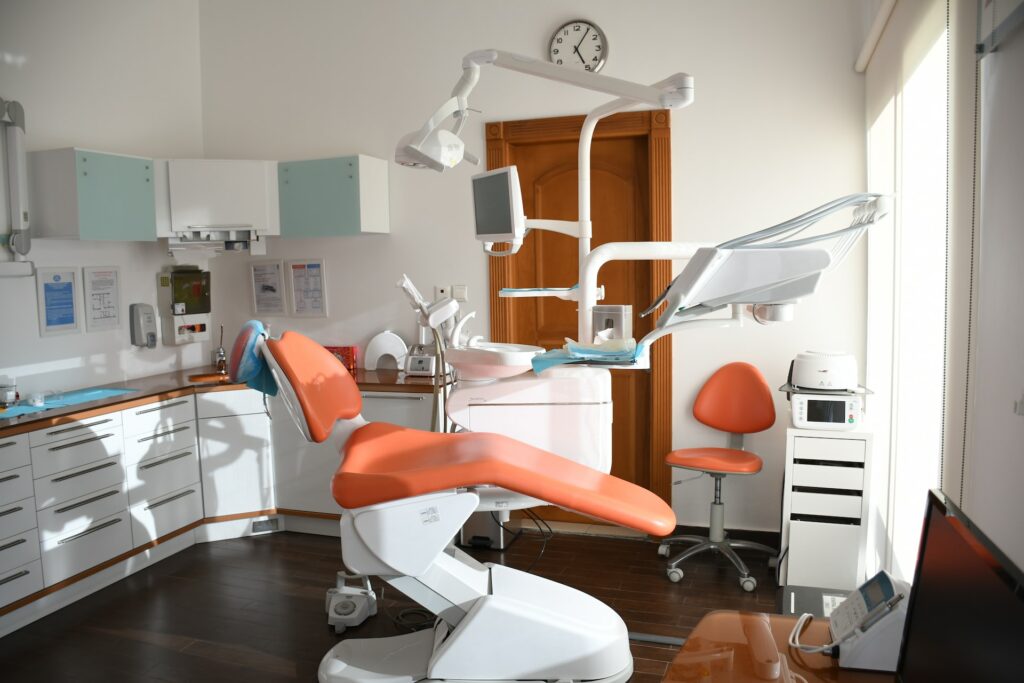Search engine optimization (SEO) and pay-per-click (PPC) marketing methods each offer unique advantages. However, you don’t have to choose one or the other—combining SEO and PPC will provide the most effective results for boosting your dental practice’s visibility.
At New Wine Digital, we apply the best online marketing practices available to help dentists draw in more local patients. Continue reading to learn about the benefits of SEO vs. PPC, and how to use them together to your advantage.
SEO vs. PPC: What’s the Difference?
What Is SEO?
Search engine optimization (SEO) is a method of boosting your website’s visibility in search results by including the right keywords. There’s no paid advertising involved, so it’s a more organic, cost-effective way to reach local patients than pay-per-click (PPC) advertising.
However, it takes considerable time to optimize your website content for higher rankings. It can also take a while to see your website reach the first page on Google and other search engines. But even though this strategy requires patience, it’s well worth the effort in the end, because the results are long-lasting.
What Is PPC?
PPC advertising is an advertising strategy that can deliver more immediate results. When users search for your targeted keywords, an advertisement for your dental website will be listed above the top-ranking organic results.
Pay-per-click means you only pay when users click on your ad—that way you don’t have to spend money on an ad that no one sees. You can also set a daily spending limit so that you never have to pay more than what you budget. However, a PPC campaign only lasts as long as you have the money for it, and whether you target several low-volume keywords or a couple of high-volume keywords, it can get expensive.
And, although a PPC campaign will put your website on the first page of search results, some users ignore the ads and look only at the organic results, which is why SEO is so important.
How to Use SEO and PPC Together for Your Dental Website
1: Target More Keywords
Using SEO and PPC together allows you to fill the gaps and use one marketing strategy to make up for what the other lacks. For instance, the keywords you can target with a PPC campaign are limited by your budget. But SEO can help you maximize your reach with content marketing.
Instead of spending your whole budget on a broad PPC ad campaign, you can target one or two of the most relevant, affordable keywords for your dental practice and then create SEO-optimized content that targets a wide range of other keywords. Optimized service pages and blog posts can draw traffic to your website through a wider range of searches than just “dentist near me.”
2: Improve Website Visibility
On their own, SEO and PPC can each boost your website’s visibility significantly. But combining them ensures that you can reach an even wider audience. The ability to target more keywords makes your website easier to find for people experiencing specific dental problems who live in any area near your dental practice. And if your organic rankings are high, you’ll be able to reach the users who skip over the ad results at the top of the page.
3: Analyze More Data
Running two types of marketing campaigns means you get more data to analyze and use to improve your tactics. For example, when you know which keywords do well in your PPC campaigns, you can then target them with your SEO strategy so you can keep ranking high when your ad campaign ends. And researching keywords for your SEO content can help you discover new short- and long-tail keywords you hadn’t thought of using for your PPC campaigns.
Need Help Combining SEO and PPC?
Using SEO and PPC together effectively is a complex and time-consuming process. The expert team at New Wine Digital can help you run successful SEO and PPC campaigns so that you can focus on the new patients your online marketing attracts. If you have any questions about how our search marketing strategies can help your dental practice, call us at 480-516-1819 today.
Images used under creative commons license – commercial use (10/7/2022). Photo by Atikah Akhtar on Unsplash
